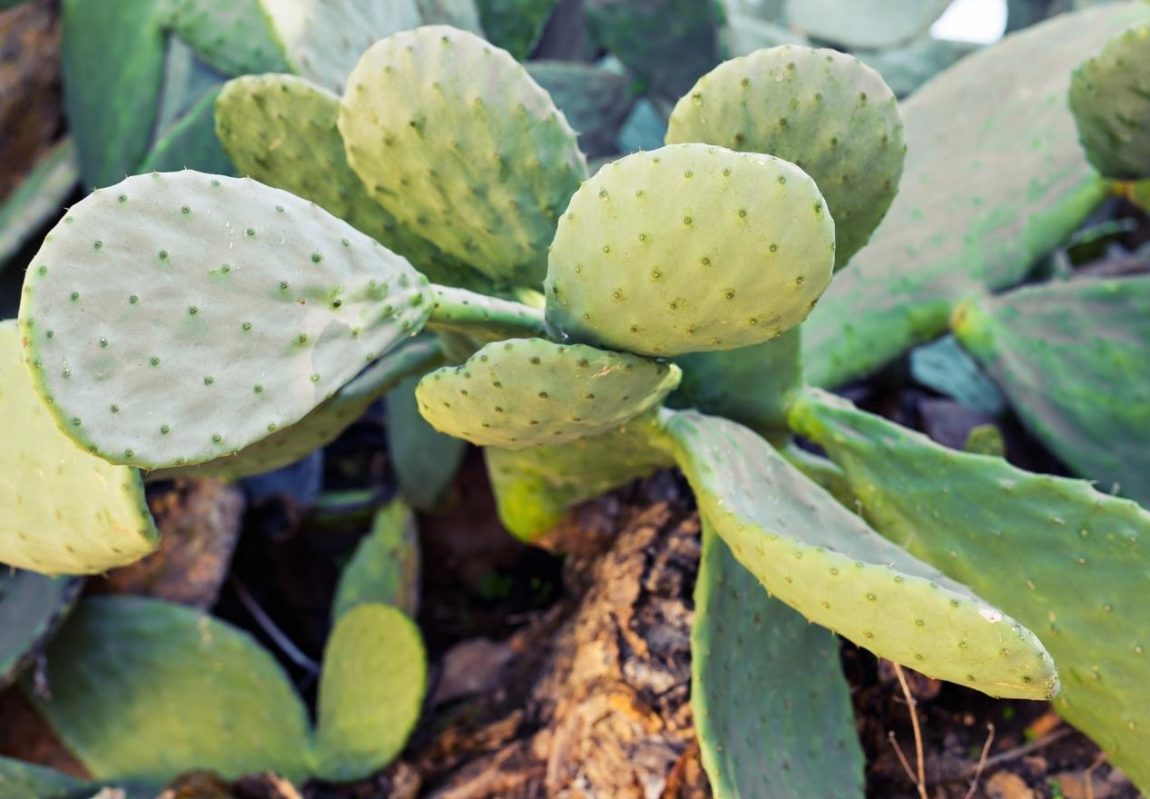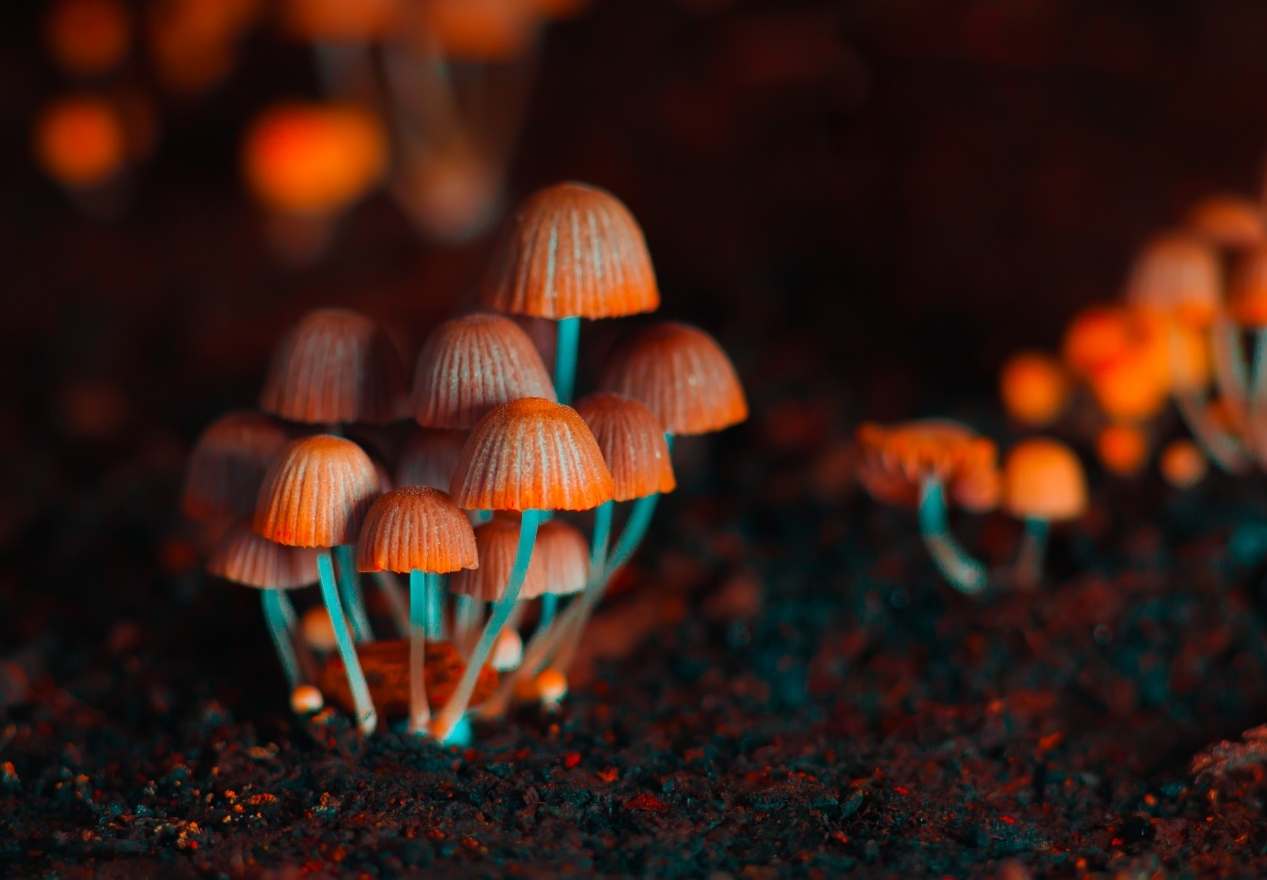With the recent psychedelic renaissance, you may have heard about the San Pedro cactus. Indigenous tribes have used this humble cactus for thousands of years for healing and ceremonial purposes.
Only recently has San Pedro cactus caught on in the West. Now you might be wondering—what is San Pedro cactus, what does it do, and are there any risks?
Find out all that more as we tell you everything you need to know about San Pedro cactus.
What Is San Pedro Cactus?
San Pedro cactus is a cactus that’s native to the Andes mountains and grows at an altitude of 6,600–9,800 ft. It can be found natively in Argentina, Bolivia, Colombia, Chile, Ecuador, and Peru.
The cactus is a columnar cactus, meaning that it grows tall, fast, and in columns. If you imagine the stereotypical cactus—green, tubular, and with spines, then that’s what a San Pedro cactus looks like.
There is a variety of San Pedro cactus that all have the same characteristics. However, there’s only one “official” San Pedro cactus, known by its scientific name as Echinopsis pachanoi.
Although it’s known as the San Pedro cactus in the West, the cactus is known in the region by the name huachuma. Huachuma is unique because it contains the alkaloid mescaline, which is a hallucinogenic compound.
What’s the History of San Pedro Cactus?
San Pedro cactus—or huachuma—use goes back thousands of years. It was used by indigenous groups living in the Andean mountains, mainly in Peru.
Huachuma was used by these indigenous tribes as a traditional medicine for ceremonial and healing purposes. Shamans, known as huachumeros (or huachumeras), administered the San Pedro cactus to the tribe.
What Does San Pedro Cactus Do?
Consuming San Pedro cactus causes one to experience a psychedelic trip—thanks to the mescaline found within the cactus.
Much like LSD and psilocybin (the compound in magic mushrooms), mescaline interacts with specific serotonin receptors in the brain. That means that the mescaline causes visual and auditory hallucinations.
That could manifest itself by seeing or hearing things that seem real but don’t actually exist. On top of that, San Pedro cactus can be empathogenic—meaning that it can help with emotional communication, emotional openness, and help make connections with others.
How Is San Pedro Cactus Taken?
San Pedro cactus is usually taken as a dried powder or tea made directly from the cacti. During a huachuma ceremony, the cactus is prepared beforehand and taken only after midnight.
What’s the Dose of San Pedro Cactus?
If the huachuma or San Pedro cactus is being taken fresh, then the dose isn’t precise. That’s because the mescaline isn’t evenly distributed through the cactus—some parts are stronger than others.
That’s why the cactus is usually prepared only with the green outer layer since that part has the most mescaline. It’s believed that about 9-12 inches of the outer layer of the cactus are enough for a strong trip.
For reference, an average dose of pure mescaline is somewhere around 20-500 mg.
What’s the San Pedro Experience Like?
Once a dose of huachuma is taken, the effects of the mescaline start to take hold in 15-40 minutes. It can take up to three hours to peak and then another three hours to come down.
It’s estimated that overall, the trip from San Pedro cactus lasts about 10 hours or more. However, many users say that mescaline is much more mild compared to other psychedelics.
When the effects first hit, many people feel drowsy, dizzy, or a tingling sensation. After that, many users claim that they feel incredibly uplifted, empathetic, filled with energy, and have amazing visuals.
The visuals are described as whirlpools of colored light, kaleidoscope patterns, and outlines across everything. Another common effect of San Pedro cactus is having an out-of-body experience.
Although “bad trips” are still possible on San Pedro cactus, they seem much less common thanks to the mild nature of mescaline.
What Are the Benefits of Taking San Pedro Cactus?
Like other psychedelics, San Pedro cactus was used for healing and for ceremonies. Typically, that means that San Pedro cactus could help create insight into oneself and help foster a connection between yourself and others.
After all, San Pedro cactus helps people become more empathetic and can encourage compassion and gratitude. That empathy could potentially help people with anxiety, depression, and PTSD.
Also, with many psychedelics is a spiritual aspect and San Pedro cactus is no exception. Having a spiritual trip can help one find meaning in life and alleviate anxieties and doubts in one’s life.
What Are the Risks of Taking San Pedro Cactus?
The first risk of taking San Pedro cactus is the fact that it’s illegal in most countries. That means that you risk a hefty fine or prison time for the use or distribution of it.
The thing is, San Pedro cactus is a common ornamental plant growing in many gardens across the world and especially in the USA. The cultivation of the plant may be legal, but using the mescaline within it is not.
Another risk is that research into mescaline is limited, and its long-term effects are mostly unknown. However, indigenous tribes were using San Pedro cactus for centuries, and no long-term effects have ever been reported.
Also, a lethal dose of mescaline has never been found, and it’s considered to be one of the safest psychedelic plants. Still, one should always be cautious when consuming a psychedelic substance.
Most experts agree that those with high blood pressure, liver problems, heart conditions, and mental illness should stay away from psychedelics. That’s mostly because psychedelics can elevate the heart rate and cause the liver to work harder than usual to process the psychedelic compounds.
Taking Part in a San Pedro Cactus Ceremony
If you’re curious about San Pedro cactus, then you’ve likely stumbled upon a San Pedro cactus or huachuma ceremony. Most huachuma ceremonies take place in Peru, but there are some advertisements in Western countries as well.
Although mescaline is relatively safe—you still need to be cautious about who is providing the San Pedro cactus. Remember that you’re placing your safety in the hands of others whose experience you can’t be sure of.
In any case, always do your due diligence and proceed with caution if you’re going to take part in a San Pedro cactus ceremony.





No Comments